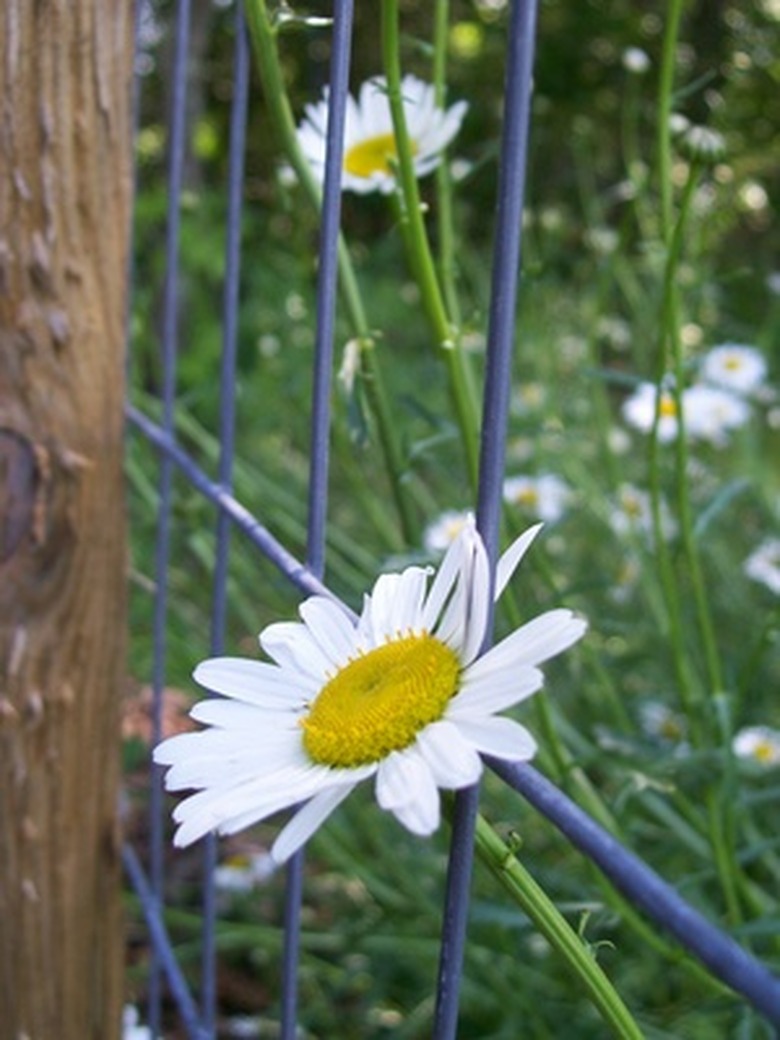The Life Cycle Of An Ephemeral Plant
Ephemeral plants appear for only short durations compared with other plants, some of which can live for hundreds of years, although the ephemeral life cycles may be as long as or even longer than those of regular plants. Botanists recognize three types of ephemerals based on their habitat: spring ephemerals, weedy ephemerals and desert ephemerals. These plants have in common that most of their life is spent in a state of dormancy, waiting for ideal conditions so they can flourish.
Purpose
In the environments where ephemeral plants tend to grow, idea growing conditions are fleeting. For example, the desert–home to ephemeral species such as milkweed and poppy–provides adequate rainfall for growth and flowering only occasionally during the year. Challenging conditions require drastic adaptations for plants to survive over long periods of time. When rain and temperature conditions are ideal, ephemerals burst into bloom. Within a few weeks, they are gone, but they leave behind hundreds of seeds that, when conditions are right, will grow into the next generation.
- Ephemeral plants appear for only short durations compared with other plants, some of which can live for hundreds of years, although the ephemeral life cycles may be as long as or even longer than those of regular plants.
- These plants have in common that most of their life is spent in a state of dormancy, waiting for ideal conditions so they can flourish.
Seeds
Ephemeral plants arise from seeds. In challenging environments, such as the desert, ephemerals produce tough seeds that resist drought and other extreme conditions. Ephemeral seeds germinate when conditions are ideal, such as when adequate water or light is present to assure proper growth. Through mechanisms not entirely understood by botanists, some seeds seem able to detect conditions that indicate favorable growing conditions in the future. For example, spring ephemerals, which grow in the forest, germinate when the soil begins to warm but before the heavy forest canopy cuts off all sources of light.
Growth
Once seeds germinate, they must grow quickly to take advantage of brief growing conditions. Ephemerals produce flowers, by which fertilization of an egg occurs through pollination, developing a seed. Because the lives of ephemerals are so short and because successful seed production is essential to ephemeral species, most ephemerals are able to self-pollinate, eliminating dependence on pollinators and the chance of cross-pollination. During growth and flowering, ephemerals produce large numbers of seeds to ensure the success of the next generation.
- Ephemeral plants arise from seeds.
- Ephemeral seeds germinate when conditions are ideal, such as when adequate water or light is present to assure proper growth.
Dispersal
Once seeds are produced, ephemerals require a means to distribute them widely throughout the area. While many species rely on hungry animals to transport seeds disguised in fruit, ephemerals tend to utilize mechanical means of transport, such as wind and water. For example, the downy seeds of some weedy ephemerals, once caught by the wind, will distribute over a vast area.
Dormancy
Once seeds arrive at their resting place, the long wait begins. Ephemerals spend most of their lives in dormancy, a state where metabolism slows and seeds await the arrival of ideal growing conditions. The parent plant, once it has produced and dispersed seeds, dies back. When the right amounts of rain or adequate sunlight return, the seed begins germination, and the next generation comes to life.
- Once seeds are produced, ephemerals require a means to distribute them widely throughout the area.
- For example, the downy seeds of some weedy ephemerals, once caught by the wind, will distribute over a vast area.
References
- "The Journal of Heredity"; Ecology and Genetics of Ephemeral Plant Populations: Eichhornia paniculata (Pontederiaceae) in Northeast Brazil; S.C.H. Barrett and B.C. Husband; 1997
- "Survival Strategies of Annual Desert Plants"; Yitzchak Gutterman; 2002
- Different Kinds of Plants: Plant Life Cycle
- DesertUSA: Desert Food Chain–Plants
